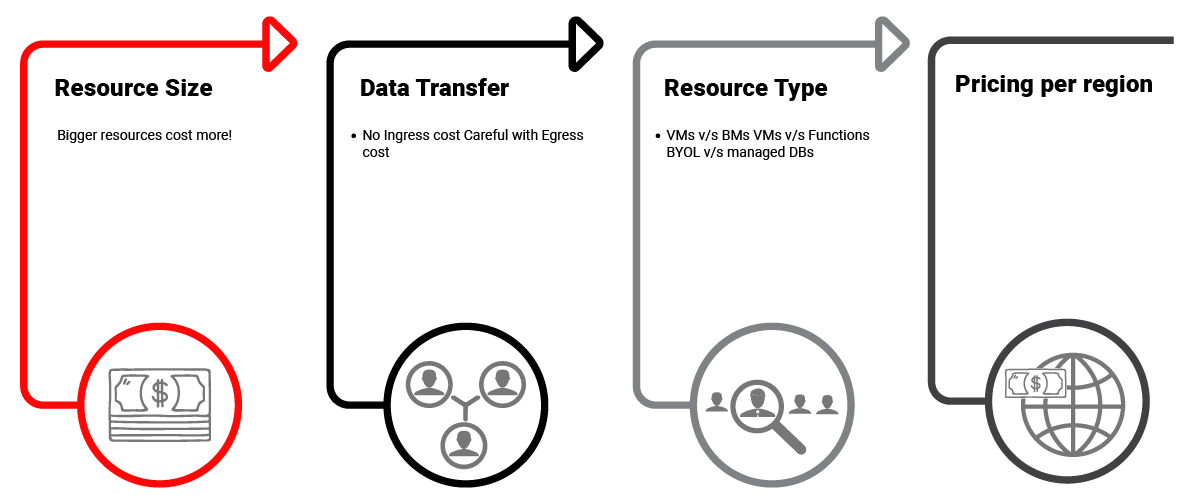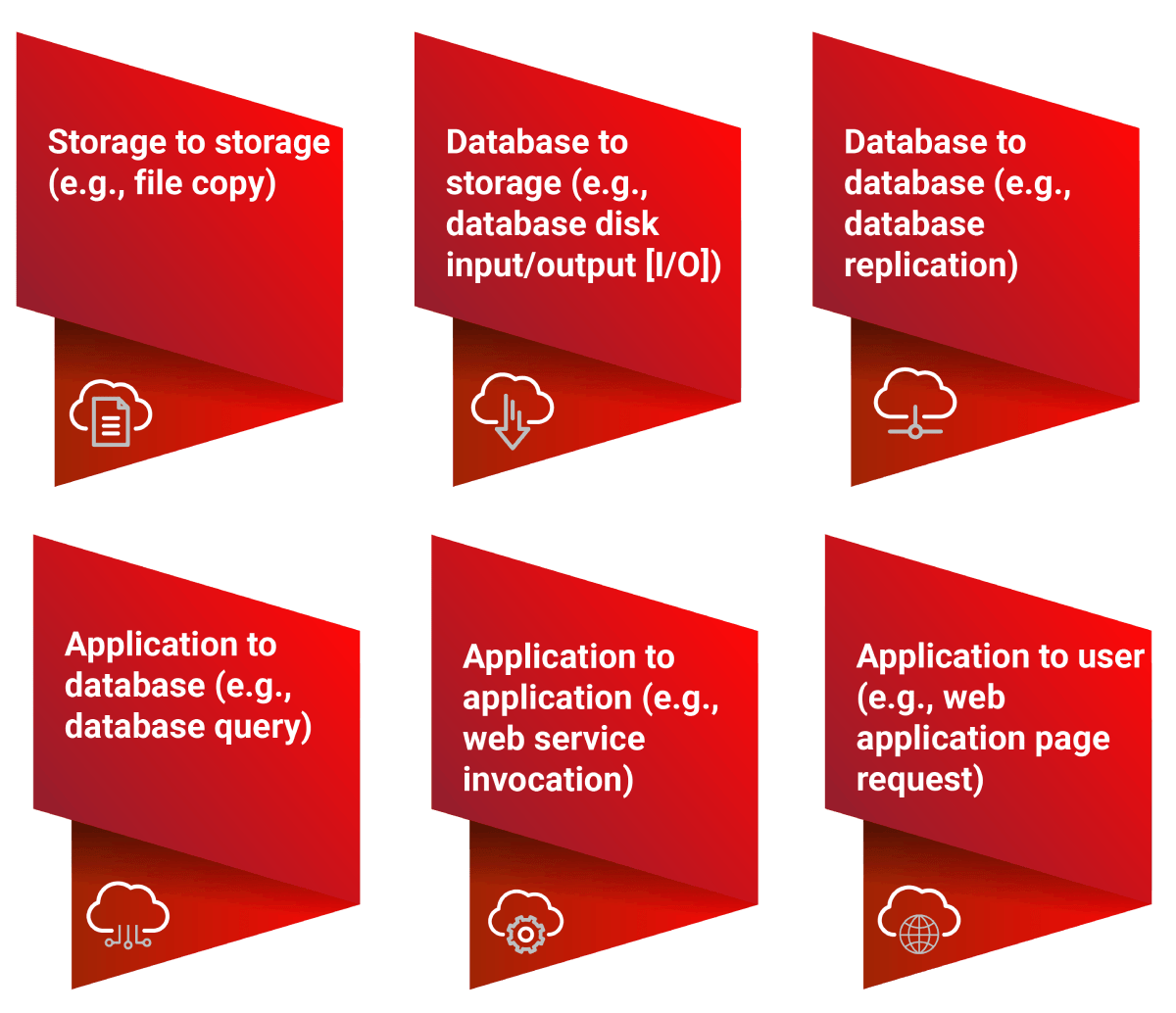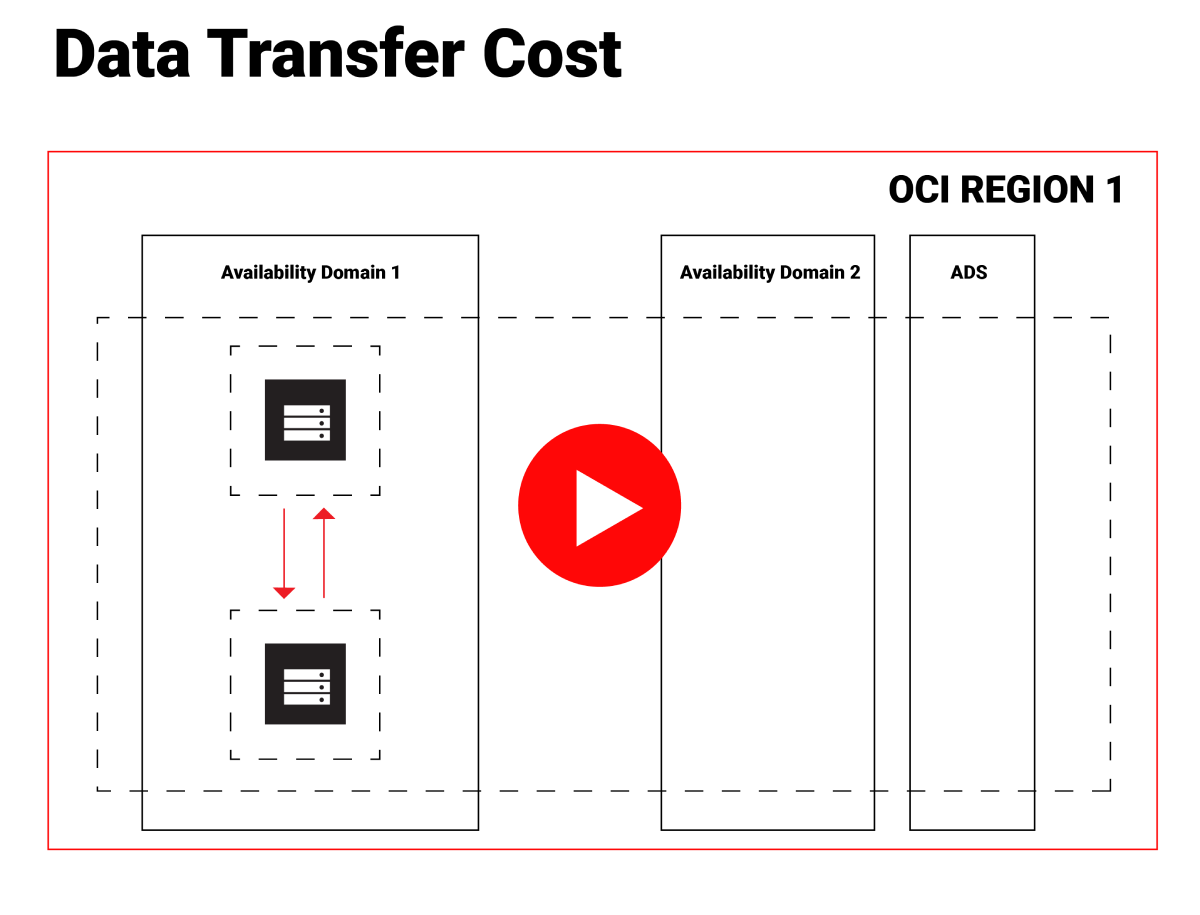Main cost components charged by cloud providers are capacity, storage type, transactions, data egress, networks and data protection. All cloud providers Oracle, Google, Azure, AWS have egress charges attached in their bills Often labelled in the cloud bill as -“data transfer out” or “public IP out.”
IT Leaders running public cloud computing infrastructure often find unexpected charges on their bill when moving data out of the cloud or between cloud zones and regions. Pricing may vary by region for all these providers & these charges can greatly skew your Cloud TCO.
What are we Hearing From Our Customers?
- Egress charges ruin the benefit of our organization’s move to multi-cloud
- We were hit by the hidden charges from our Cloud providers.
- We do not have the tools & mechanism to predict our Cloud charges before migration
- We have high availability, active-active clustering of high-volume servers across zones and regions. How do we manage our egress charges?
- Our content delivery services, serve large static resource files (e.g., sound or video) from within the cloud to locations outside the cloud without using caching proxies.
Factors Impacting Pricing in Cloud Infrastructure

What are Ingress and Egress Data Charges
Getting data to the cloud incurs little to no cost. This causes infrastructure and operations (I&O) leaders to overlook significant costs that occur afterwards, when moving data within or between clouds.
When that data is retrieved from the cloud or “data transfer out”, this is what’s known as a data egress, fees which is charged by all cloud providers. Data egress is priced in gigabytes transferred “out” of a given system or cloud service per month
Few Egress Charges Use Cases and Challenges
- Media Company or an OTT providers, streaming media, this will be a significant sum
- Data Replication for resiliency in a bank, will account for significant costs.
- Collaboration increased the use of video conferencing during Covid-19 muliti-fold. Data egress network charges will spiral into a bomb.
- Integrating multiple applications over cloud and on-prem on a hybrid model, the egress costs
Scattered throughout a cloud bill, attached to many different types of cloud resources, data egress charges can be hard to spot. e.g Storing data in a cloud storage bucket and then serving it “back out” to internet users may generate data egress costs of over 15% on top of the basic storage costs.
What are the Data Egress Charges For?

2 Steps to Assess the Cost of Egress Charges
Step 1 is to identify the various cloud services contributing to egress costs which can be clearly classified as:

As a rough rule of thumb, for continuous operations, the lower in the system stack the operation is occurring, the more data (in GB per month) is likely being transferred.
Step 2 is to assess transfer “distance” between the data source to destination.

The further away the destination, the more expensive (in transfer cost per GB per month) the operation is likely to be.
5 Steps to Track and Manage Your Egress Costs

Assess your EBS egress charges running on OCI with the above steps. Also check out the pricing and sample billing options offered by Oracle Cloud Infrastructure here.
Oracle Data Transfer Charges in OCI
- Same Region + Between Availability Domains – Free
- Same Region + Between instances in the same Availability Domains – Free
- Different OCI Regions- (Ingress – Free) (Egress – Charged)
* Prices are subject to change.
Resolving High Egress Traffic on Cloud
Here are some ways you can reduce your high egress traffic to save costs.
- For Data Analytics run all large queries on cloud, and only the display results returned to users.
- Use the cloud for Disaster Recovery. Replication within the cloud will not account for egress charges..
- Applications hosted in the cloud send query requests to databases outside the cloud. Only query request strings incur egress charges.
- There are always ways to negotiate very large volumes of egress with the cloud providers. Explore this option only if your investments are very large in cloud.
Conclusion
As cloud spending grows, it’s imperative that IT Leaders can effectively turn the cost control to maximize their ROI and reap the maximum cloud benefits possible. With the strategies outlined here, enterprises can gain even greater control over cloud costs, in turn optimizing your cloud investment. You can rely on our experts to make this journey smooth for you.
IT Convergence has helped 1100 organizations over the last 20 years to maximize their Oracle investments. Certified as a Cloud MSP/MSE, IT Convergence experts can help you build, migrate, and manage your Oracle Cloud Infrastructure for long term cloud success.



